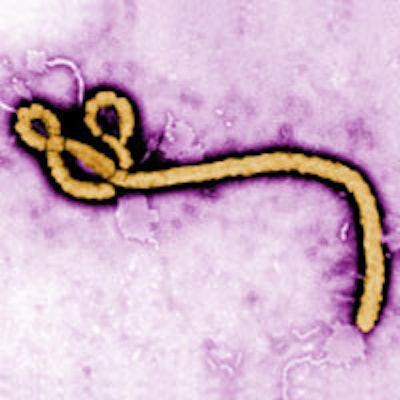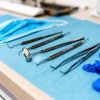
With recent news of two Texas healthcare workers becoming infected with the Ebola virus after treating a patient from Liberia, Ebola virus disease (EVD) was a major topic of discussion at last week's ADA 2014 annual meeting and throughout the dental community.
As dentists and other healthcare practitioners are being queried by their patients about their infection-control procedures and EVD, in particular, a review of the ADA and Centers for Disease Control and Prevention (CDC) guidelines is called for so you can provide accurate information for your staff and your patients.
Some of the most frequent questions include the following: What are the signs and symptoms of EVD? Can Ebola be spread in asymptomatic patients? How large is the number of people in the U.S. who have been in contact with a patient with EVD?
According to the CDC, as of October 14, only 11 people in the U.S. have had "definite exposure" to the virus. Another 114 may have had "possible exposure" as the CDC and healthcare departments step up infection-control and investigative efforts.
As you may have heard, and is noted on the CDC website, the CDC and Customs and Border Protection have set up enhanced entry screening at five U.S. airports (New York's JFK International, Washington-Dulles, Newark, Chicago-O'Hare, and Atlanta) to detect possible cases of Ebola in travelers who have traveled to the U.S. from or through Guinea, Liberia, and Sierra Leone. Screening at these five airports will evaluate more than "94% of travelers from the affected countries in West Africa," according to the CDC.
Ebola resources
ADA
Ebola Resources
Centers for Disease Control and Prevention (CDC)
- Ebola (Ebola Virus Disease)
- Information for Healthcare Workers and Settings
- Health Care Provider Preparedness Checklist for Ebola Virus Disease
Organization for Safety, Asepsis and Prevention (OSAP)
Ebola Toolkit
Even if a patient of yours has been to one of those West African nations recently, you can still provide treatment, the CDC states.
As the ADA guidelines note, "there is no risk of transmission of Ebola from asymptomatic infected patients." But, according to the CDC, "providers should consider Ebola in patients who develop a fever greater than 101.5° F, severe headache, muscle pain, diarrhea, vomiting, stomach pain, or unexplained bruising or bleeding 21 days after traveling from Guinea, Liberia, Nigeria, or Sierra Leone." Standard precautions should be used on all patients as a matter of routine.
The ADA's Division of Science and Professional Affairs advises dental professionals to take a medical history, including a travel history, from any person with symptoms in which a viral infection is suspected. If Ebola is suspected, dental professionals should protect themselves with physical barriers, such as gowns, masks, face protection, and gloves, and contact their state or local health department.
Ebola is spread through direct contact (through broken skin or mucous membranes) with blood and body fluids (urine, feces, saliva, vomit, and semen) of a person who is sick with Ebola or with objects (such as needles) that have been contaminated with the virus. Ebola is not spread through the air, by water, or, in general, by food.
Dental providers should continue to follow standard infection-control procedures.
The CDC, along with other government departments, has compiled a useful checklist for healthcare providers. The Organization for Safety, Asepsis and Prevention also has a toolkit on its website with dedicated and up-to-date information.



















